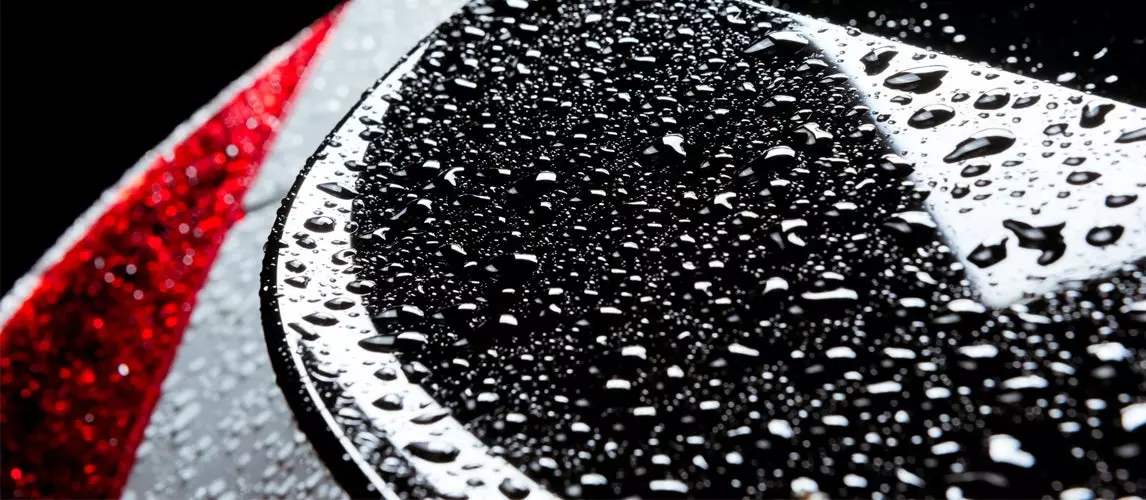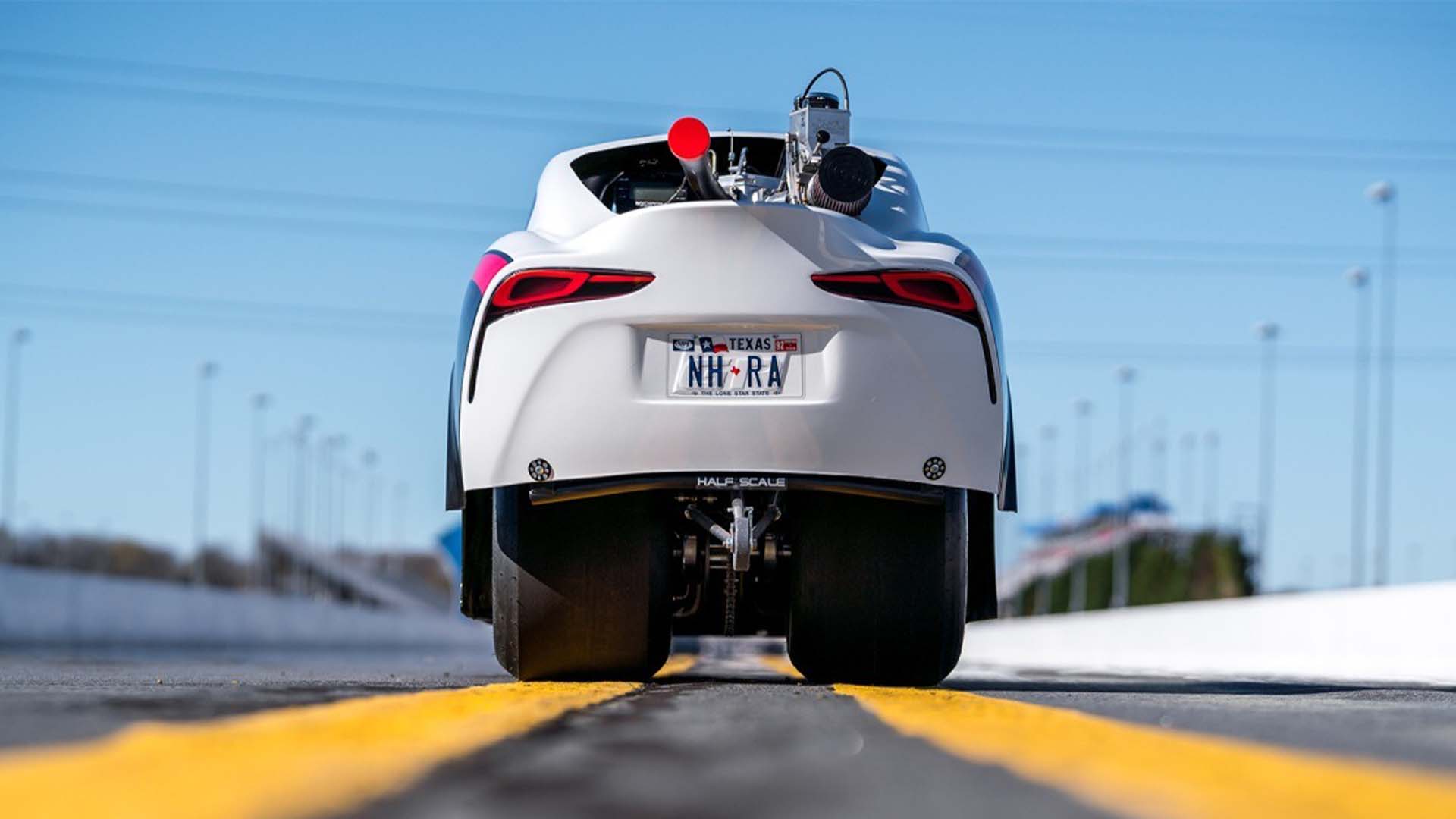Swirls, water spots and of course, scratches are probably the most common issues faced by vehicle owners with regard to damage suffered by the paint. So, as a car owner you must be aware of several ways to deal with them effectively.
It is almost cruel that the water that you use to give your car a wash can also result in the paintwork being damaged. Water spots can be broadly categorized into two types:
Type one being the kind which is actually just the mineral deposit left over on the surface after the water has evaporated;
Type two is the kind that etches the surface; the etching is caused by a compound in water which is powerful enough to dissolve the paint itself.
The common denominator for both types is that it isn’t actually the water that causes water spots; rather, it is the deposits, sediments or minerals that are often found in the water. These deposits could take the form of minerals like calcium that may be found in tap water. They could also be the pollutants that pour down in form of acid rain.
Discussed as follows are some common hacks for removing water spots from your car’s exterior.
Detailing Spray
Time is of the essence in being able to deal with water spots. If caught early enough, chasing down a water spot just requires a simple detailing spray. Detailing sprays are useful to top off the paint sealant or the wax layer on top of the paint.
A word of caution here is that detailing sprays are not a substitute for the paint sealant. These are useful when the water spot is type one and not enough time has elapsed between it settling in and be baked on. If a prolonged period of time has been allowed to pass, a solution stronger than detailing spray will be required.
Good Old Vinegar
Using vinegar to buff out water spots is the oldest trick in the book. It is the equivalent of grandmothers’ tales for mechanics and it works. Even better is the fact that it is the most inexpensive solution on this list. It is a hack used by painters and wall plasterers to wipe off residual and dried off paint.
Using vinegar entails filling a small container with it and soaking a sponge in the solution. To be more specific, a grout sponge works best. The key is to not rub on the water spot and instead letting the vinegar stain the water spot itself. After the vinegar has had a few minutes to work its magic, a thorough wash with clean water is in order. This may need to be done a few times depending upon how stubborn the spot is. Again, this is useful for type one water spots only.
Paint Cleaner
If a type one spot is left for too long, it may turn into a type two spot. Sometimes, it is only after treating the type one spot that you may notice the marks below the surface which may have been left over by the type one spot. In such scenarios, something stronger, like an industrial agent, is needed. A paint cleaner could prove to be useful here. Paint cleaners are designed specifically to cater to defects below the surface. This is essentially the biggest difference between paint cleaners and clay bars and it is also why a detailing spray is not enough for type two water spots.
Modus operandi for using paint cleaners entails working on the product on the water spot region firmly for a few minutes. A foam applicator pad can be handy for optimal working of the paint cleaner. Depending upon how coarse the paint is and the extent of damage to the pain by the water spot, several rounds of application of the paint cleanser might be required.
You May Also Like: Best Gifts For Car Lovers
Polish
There is another product that can be handy with type two water spots, namely a polisher. How a polisher works is that it removes a little bit of the paint to level it out. How it helps in dealing with type two water spots is that the upper layer of paint coat is levelled out with the lower layers where the defects might have reached. To use a polisher effectively, the same apparatus is required as for the paint cleaner – a foam pad and a few minutes of diligent persistence. If it is anticipated that the water spot is really damaging, then it is best to seek a professional’s advice before applying the polish because a lot of modern paint jobs are really coarse and prevent the etching from permeating deep down.
Another point to keep in mind is that after using any of the methods to deal with type two water spots, a fresh application of wax will be in order since both the cleaner and the polish will have taken away the previous coat of wax.
Prevention
Of course, the best way to avoid the hassle is to follow simple pointers to prevent the formation of water spots in the first place. There are some intuitive measures that can be employed such as disposing the water from the finish before it has a chance to dry. This will take away the contaminants in the water that lead to water spots before they have a chance to settle down and dissolve the paint. Drying towels and chamois are handy tools to achieve this.
Related Post: Best Microfiber Towels
Another way out is to ensure the overall consistency of wax that is applied on the paint coat. You must ensure that the consistency is even on the entire surface area of the vehicle body. Doing this will not only ensure that water spots don’t form, but also that other nuisances such as scratches and swirls do not appear. It is crucial for vehicle owners with dark paint colors to be especially wary of this as they are especially prone to scratches and swirls. The good part is that both prevention and the cure can be carried out by the owner without burning a hole in the pocket.
Sources:
- How to Take Water Marks Off Vehicles – wikiHow
- How to Take Off Water Spots on Your Car – Your Mechanic









